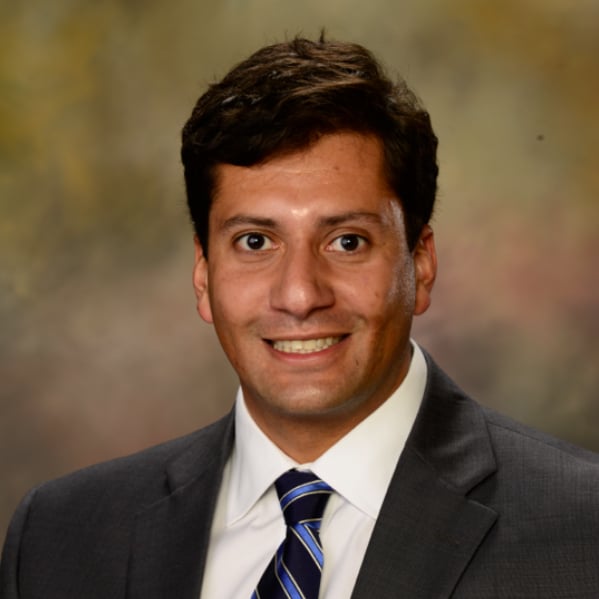
Shaw Sports Turf designs surfaces for the optimal athletic performance. [Photo: Courtesy of Shaw Sports Turf]

Philipe Aldahir didn’t start out as a synthetic turf expert. In fact, for most of his early career, his expertise was in natural grass, which is often thought of as the opposing team in the sports field industry. But what Aldahir has learned as the director of research and innovation at Shaw Sports Turf is that natural grass isn’t always the best pick for a high-performing sports field. Here, he explains why turf stands out.
There are three major components to consider when designing any sports field. Number one, it needs to be safe; number two, playable; and number three, aesthetically pleasing. There are many ways that we can achieve that with Shaw Sports Turf systems.
On the safety side, there are a variety of metrics we track. We have one patent-pending playability assessment that tests the metrics of the field and determines how safe and playable it is. It takes into consideration impact tests, which are a metric related to concussion, falls, and tackles. Performance parameters, such as traction, are also considered in that test.

[Photo: Courtesy of Shaw Sports Turf]
We look at a variety of metrics beyond those two things, like stability of the surface, the force reduction of the surface, and the sponginess and squishiness of the surface. We don’t want players’ bodies to react in a different way than they would on a very good natural grass field. We want to make a surface that won’t get in the way of playing the game.
On baseball fields, for example, we look at the ball’s trajectory to make sure those bounces and hops are true and playable. For each system we develop, there is a minimum of seven to eight metrics for performance and safety, but it can go up to 10 to 13 metrics depending on what we want to test. We’ve also participated in athlete testing and kinesiology studies with major universities to understand and measure how athletes react to the surface. This helps us design surfaces that foster athletic performance.
From a design standpoint, turf’s capabilities are very broad. Shaw Sports Turf can accommodate any sport and any team colors. In addition to safety, playability, and aesthetics, artificial turf is an environmentally friendly solution for a project. In terms of water conservation, its benefits can be substantial, and we also offer natural infills made from rapidly renewable resources like coconuts.


